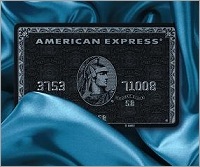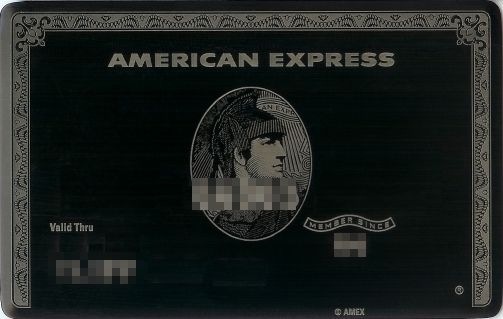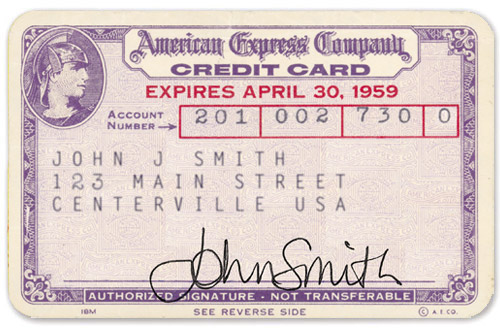 Paper, Plastic, Titanium, and Carbon Graphite?
Paper, Plastic, Titanium, and Carbon Graphite?
Credit cards had existed prior to American Express, namely Diners Club (which was actually a paper or cardboard card that was in circulation).
The first AMEX credit card was actually introduced October 1, 1958 – American Express introduced travel-and-entertainment charge card (The original card was actually paper printed with purple ink to resemble Travelers Cheques)
The first plastic American Express appeared in the early 1960s, while their adoption had become increased as vendors found traditional AMEX booklets too difficult to manage. It was because of this that well received the new plastic cards, which used charge plate machines, thereby making transaction and record keeping easier and less error prone.
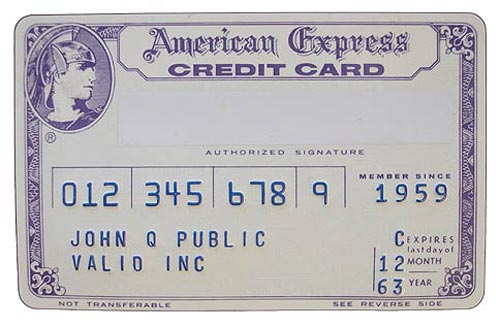
Plastic cards became dominant and remained the main player, however, it was not until 1966 that the common credit card came to, when Bank of America established BankAmerica Service Corporation to franchise the BankAmericard which then became known as “Visa“, still not black). Mastercard, originally Mastercharge, came to be in 1966 in addition, where both Visa and Mastercard credit cards were open-loop (inter-bank), and American Express was closed-loop (intrabank).
American Express took the lead again in 2004 in some parts of Europe, and in 2006 in the United States by changing their elusive BLACK CARD (formally known as the Centurion Card), to a hand crafted titanium card to replace it’s plastic ancestor. Times as changed, this isn’t your grandfather’s “purple cardboard,” although American Express Charter Members (Members since 1958) do get some special privileges.
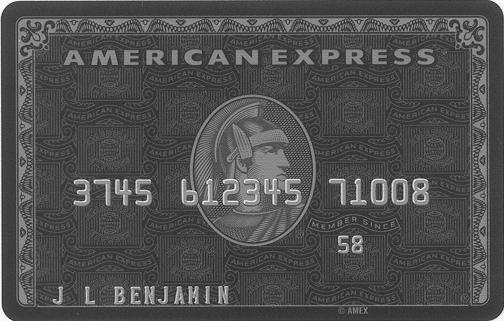 2008 of course brought the “Visa Black Card“, made from Carbon Fiber. The Wikipedia editors, however, did neglect to include credit cards in applications of carbon fiber (we’re kidding): “The properties of carbon fiber such as high tensile strength, low weight, and low thermal expansion make it very popular in aerospace, civil engineering, military, and motorsports, along with other competition sports.”
2008 of course brought the “Visa Black Card“, made from Carbon Fiber. The Wikipedia editors, however, did neglect to include credit cards in applications of carbon fiber (we’re kidding): “The properties of carbon fiber such as high tensile strength, low weight, and low thermal expansion make it very popular in aerospace, civil engineering, military, and motorsports, along with other competition sports.”
We’ll stick with black hand hammered titanium for now, someone update Wikipedia.



